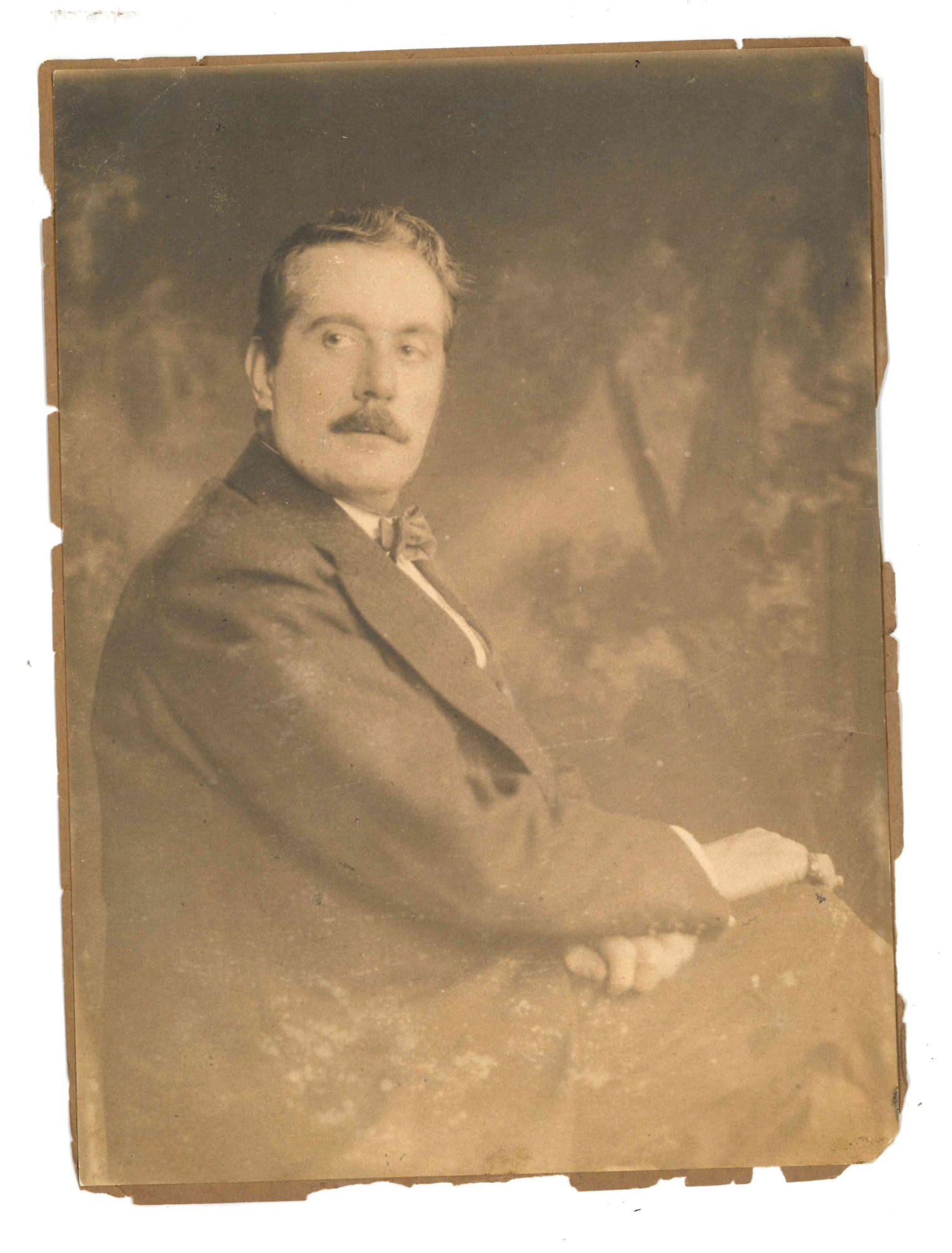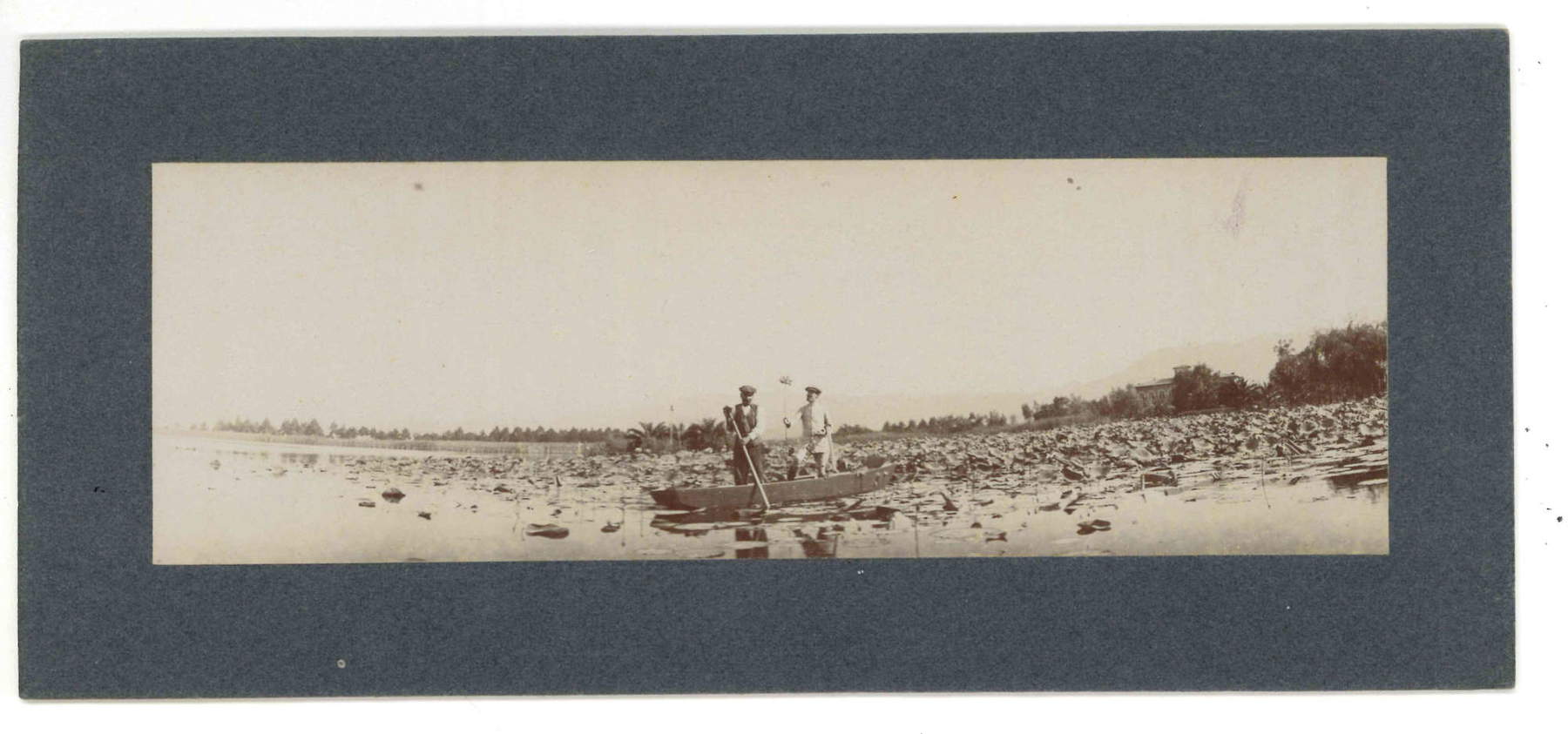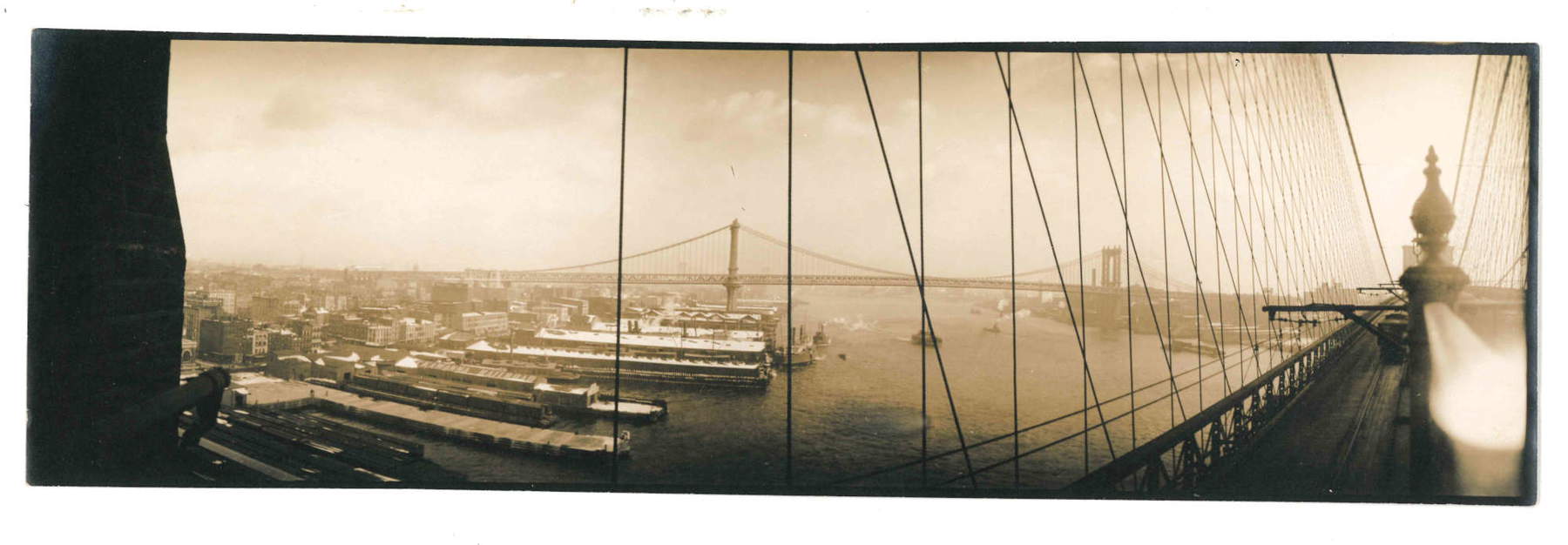Did you know that Giacomo Puccini, in addition to being a great composer, also devoted himself to photography? The Ragghianti Foundation in Lucca, from February 16 to April 1, 2024 presents the photography exhibition dedicated precisely to the photographs taken by Puccini: Qual occhio al mondo. Puccini photographer, which can be visited at the Complesso di San Micheletto in Lucca, and is curated by Gabriella Biagi Ravenni, Paolo Bolpagni and Diana Toccafondi. The exhibition is created in collaboration with the Fondazione Simonetta Puccini per Giacomo Puccini of Torre del Lago and the Centro studi Giacomo Puccini of Lucca, with the contribution and support of the Fondazione Cassa di Risparmio di Lucca, the main supporter and funder of the Ragghianti Foundation. It is sponsored by the Region of Tuscany and the Province and Municipality of Lucca, with the partnership of the Giacomo Puccini Foundation of Lucca, the Puccini Festival Foundation of Torre del Lago, and the Lucchesi nel Mondo Association, managing body of the Puccini Museum of Celle. Forming the core of the scientific committee overseeing the realization of the exhibition are: Claudia Baroncini, Barbara Cattaneo, Maria Pia Ferraris, Michele Girardi, Giovanni Godi and Umberto Sereni.
More than eighty original photographs will be on display within the exhibition, creating a fascinating journey that gives visitors the chance to observe the world through the eyes of the famous composer. The first section captures the environments habitually frequented by Giacomo Puccini, from the borders of Torre del Lago to Chiatri, from Boscolungo to Ansedonia, and presents a selection of original photographic shots, accompanied by an album personally edited by the composer. The second section, on the other hand, focuses on Puccini’s travels in Europe, the American continent and Egypt, concentrating on the landscape, different populations and exciting sea crossings. The images in the exhibition, taken through the use of a rare Kodak camera, are predominantly created through the aristotype technique; a method of art printing on celloidine paper also known as celloidine papers (silver chloride collodion aristotypes) when obtained using collodion as a binder and citrate paper prints (silver chloride gelatin aristotypes) when prepared with gelatin. An additional section of the exhibition focuses on portraits of the composer taken by others, as well as photographs that reveal the most intimate aspect of the artist, immersed in his daily life. An Edizioni Fondazione Ragghianti Studi sull’arte catalog was also produced in conjunction with the exhibition in which includes reproductions of the photographs on display and texts by Gabriella Biagi Ravenni, Paolo Bolpagni, Manuel Rossi and Eugenia Di Rocco.







Giovanni Godi, president of the Simonetta Puccini Foundation for Giacomo Puccini, expresses his satisfaction to “make available the photographic material preserved in the Puccini Archive in Torre del Lago and to collaborate with the Ragghianti Foundation and the Giacomo Puccini Study Center. In fact, the exhibition is the result of a synergy that has made it possible to discover a lesser-known passion of the Maestro, with the hope that it can be followed by many other initiatives.”
“This year marks the centenary of the death of the great Giacomo Puccini, who, in addition to music, cultivated other artistic passions with great curiosity,” commented Alberto Fontana and Paolo Bolpagni, president and director of the Ragghianti Foundation. “To celebrate this anniversary, we are pleased to offer, together with the Fondazione Simonetta Puccini per Giacomo Puccini of Torre del Lago and the Centro studi Giacomo Puccini of Lucca, an unprecedented point of view on a universally known artist, in line with the approach that has always characterized the Fondazione Ragghianti. The exhibition outlines an unexpected profile of the great composer, through the choice of particular and significant shots and favoring the criterion of the novelty of the materials. The free admission ticket is a gift that, thanks to the support of the Fondazione Cassa di Risparmio, we want to make to the city and to all visitors who will want to learn about an unprecedented and surprising aspect of the great composer born in Lucca.”
A catalog (Edizioni Fondazione Ragghianti Studi sull’arte) containing reproductions of all the photographs on display and texts by Gabriella Biagi Ravenni, Paolo Bolpagni, Manuel Rossi and Eugenia Di Rocco has been produced for the occasion.
 |
| Giacomo Puccini? He was also a. photographer. In Lucca for the first time his photos on display |
Warning: the translation into English of the original Italian article was created using automatic tools. We undertake to review all articles, but we do not guarantee the total absence of inaccuracies in the translation due to the program. You can find the original by clicking on the ITA button. If you find any mistake,please contact us.